It’s that time of year again when witches roam the streets, so now’s as good of a time as any to a revisit the most famous student at Hogwarts School of Witchcraft and Wizardry. I know a lot has already been written about the Harry Potter series, but I still hope you’ll stick around.
I re-read all the books and re-watched all the movies and a few of the documentaries so that I could give you more depth than a typical review allows. That means I’ll be discussing plot points, which is why I suggest that you read this only after reading all the Harry Potter books or watching all the films. If you really must read this now, well I can understand the enthusiasm, but just don’t say I didn’t warn you.
break
I wanted to understand how a seemingly simple children’s book, dismissed by smarty-pants critics like Harold Bloom, became a groundbreaking worldwide phenomenon that has spawned, among other things, an amusement park, a new genre of music called wizard rock, and the most successful movie franchise of all time.
Plus, it was an excuse to return to the Harry Potter world, one I quite enjoy in spite of the condescending looks I get from the occasional disapproving librarian. Hey lady, reading Harry Potter keeps me off the streets, so be grateful, OK.
Let’s not be too hard on our librarian friend though. After all, It’s not just the librarians who scoff when people my age read Harry Potter. Most self-respecting (and by self-respecting I mean pompous) critics would be appalled by the mere suggestion that something of merit, of substance, and depth would come from a children’s book.
Generally, children’s stories are not awarded prestigious literary awards. Instead, those awards go to people like Philip Roth and Don DeLillo.
The Head Ache – George Cruikshank, 1819
break
In case you lack the unique experience of reading a Philip Roth book, allow me to reduce his books, at least those I’ve read, into one compact sentence: The main character, inevitably a man, inevitably a Philip Roth doppelgänger, is a corroding soul obsessed with death and sex who searches for new ways to infect others with those obsessions. Come to think of it, without the sex he sounds kind of like Lord Voldemort.
As to Don DeLillo, I attempted to read just one of his books. Early in Chapter 1, there was a certain sex act described in excessive detail. Again folks, that was in Chapter 1, not 6, not 12, not 24. Chapter 1.
With all due respect to the literary genius of Mr. DeLillo, let me just politely suggest that if you have to start your story with an explicit sex scene to sustain interest or … I don’t know … to convey metaphor, maybe that means you suck as a writer.
I did not finish that DeLillo book, but I’m sure that if I had, I would have found it very profound, very apropos to the human condition. Or something.
Little Red Riding Hood – Walter Crane, 1875
break
That just goes to show that more awards should be given to writers like Mr. Roth and Mr. DeLillo who are worthy of accolades, not to schlocky authors like J. K. Rowling who pen children’s stories for simpletons. Isn’t that so, Mr. Bloom?
Well, for a children’s series, the Harry Potter books do reference some rather sophisticated material. There’s alchemy for one thing.
My Book House illustration – Donn P. Crane, 1900s
break
Alchemy, as you may recall, started as a medieval discipline, in which alchemists sought to transmogrify base metals into gold. Philosophers and theologians of the era expounded on the subject, seeing it as a soul-purifying process meant to prepare a person for union with God.
This isn’t just an arcane topic briefly referenced in the Harry Potter books. It has been a central part of the story from the start. The British version of the first Harry Potter book was called Harry Potter and the Philosopher’s Stone, and the philosopher’s stone was considered to be an essential ingredient in the alchemy process. (The title was changed to the Sorcerer’s Stone to make the book more accessible to the U.S. market.)
Nicholas Flamel engraving – 1800s
break
J. K. Rowling even weaves Nicholas Flamel, a historical figure tied to the alchemist tradition, into the story; Dumbledore mentions him when he explains the power of the Sorcerer’s Stone to Harry.
As it turns out, there are seven steps to the alchemy process and seven books in the Harry Potter series, so some commentators have suggested that each book correlates somehow with each step. To read more about that, then check out (affiliate link) How Harry Cast His Spell: The Meaning Behind the Mania for J. K. Rowling’s Bestselling Books.
Rowling is referencing more than alchemy though. As our boy Harold Bloom points out, the Harry Potter books draw from the British boarding school stories made popular by Thomas Hughes’s novel Tom Brown’s Schooldays. Other influences Rowling has sited include Jane Austin, E. Nesbit, and Peter S. Beagle’s Last Unicorn.
break
If you visit http://www.jkrowling.com and go to the links section, you’ll spot a few more books. The site does not claim that these books helped shape the Harry Potter universe, but it is not hard to make the connections. Rowling’s panache at naming brings to mind the whimsy of Charles Dickens. Wuthering Heights gives context to the Severus and Lilly relationship. Animal Farm paved the way for using cartoon-like fantasy to explore serious political issues. Etc.
I don’t have time to get into all the mythology behind the series, but let me mention two strong influences in more detail. They’ve both significantly affected my take on Harry Potter.
First at bat are the Arthurian legends. Like King Arthur, Harry was taken from his home at a young age by a wizard who oversees his education and guides him into a higher purpose. It’s no coincidence that Dumbledore is affiliated with the Order of Merlin, ladies and gentlemen.
What I’m going to do next is give you all a quick refresher on King Arthur, even though doing so is not necessarily part of my mission statement. Regardless, I’d like to think that giving back is a large part of what we do here at the nsavides blog, and when I say we, I mean myself and the young elves, goblins, and other magical creatures who have just started their apprenticeships with me.
I know I can’t offer the full Hogwarts experience, but not everyone gets accepted there. Even if you didn’t, you should still have options for advancement, and I’m really excited about the opportunities I CAN offer to magical creatures. Soon I should have a brochure available for downloading which will nicely illustrate all the benefits. So you know, mention it to your house-elves or something.
Sorry for the interruption folks, but this blog would not be possible without the generous donations of our sponsors.
Anyway. Arthur was chosen to rule over Camelot, a kingdom sustained by magic and meant to be a sort of Kingdom of Heaven here on earth. Sex, tainted by dark magic, broke the spell and caused Camelot to crumble into pestilence, and so the Knights of the Round Table went on a quest in search of the Holy Grail, the only mystical object that could bring healing to the land.
A vision of the Holy Grail. French Manuscript, 15th century
break
In comparison, Harry matures in a land already corrupted. The leaders in power, both at the Ministry of Magic and in the Muggle world are power-hungry, incompetent, or tainted by dark magic. In his quest to destroy Voldemort, Harry discovers the magical objects he needs to bring healing to the land. It is not a perfect fit, but there are similarities.
Oh, and one of Dumbledore’s middle names—the man has more middle names than most of have cars—is Percival. You know who else was named Percival? One of the few Knights of the Round Table who lived to see the Holy Grail. Hmm.
Next up is Tolkien. Some have suggested that Joanne Rowling picked the J. K. Rowling moniker as an homage to J. R. R. Tolkien. The stories do suggest that Tolkien was more than just a passing influence. Just like in Lord of the Rings, friendship is a crucial part of Harry’s success. In every single book, Harry succeeds or survives because of his friendship with Ron and Hermione.
In contrast, Voldemort is repeatedly set up as a loner who trusts no one. He was once an attractive youth named Tom Riddle, but much like Gollum, he chose power over companionship, and in so choosing he grew into a deformed version of his former self. As Dumbledore explains in the Half-Blood Prince, “Lord Voldemort has never had a friend, nor do I believe that he has ever wanted one.”
Punch and Judy – George Cruikshank, 1860
break
In the later books, Tolkien’s shadow grows more apparent. Tolkien links Frodo’s progress in his quest directly to the strength of his friendships, and we see a variation of that with Harry and Co.
In spite of the help that he gets from his friends, Harry would not have succeeded in his quest had he not been gracious to Dobby, Peter Pettigrew, and Kreacher, all of whom tried to harm him. On that one, think Frodo’s kindness to an undeserving Gollum. Then there are the Horcruxes which have wills of their own and corrupting effects on those who carry them just like the One Ring of Power.
Legends of Charlemagne – N. C. Wyeth, 1924
break
Speaking of Horcruxes, Voldemort sure is hard to kill, isn’t he? That’s generally how it goes when you’re fighting evil. You cut off one hydra head and two more pop up. You go through a whole ordeal to blow up the Death Star only to learn that the Emperor has just finished building a more powerful one. Dang it! Persistence is key when battling the dark side. That much is clear.
Now that we’ve looked at some of the influences on Harry Potter, let’s explore the books themselves. When Harry faces the spirit of Voldemort for the first time in Book 1, Voldemort taunts Harry by saying, “There is no good or evil; only power and those too weak to seek it.” Unwavering in his allegiance to goodness, Harry prevails, but that confrontation sets up the central conflict that will escalate until the end.
If existence is merely about obtaining power, as Voldemort or some modern philosophers claim, then Rowling is just doing fancy footwork to get her fair share of it. Suppose that were true, isn’t it a little odd for a children’s author to become more powerful than academia’s best and brightest? Aren’t children supposed to be the least powerful of the species in a strictly evolutionary context?
The Alphabet of Old Friends – Walter Crane, 1874
break
If you see good and evil as mere constructs, then it is easier to dismiss the Harry Potter stories as pure fantasy, imaginative perhaps, but obviously not as accurate about life as say a Philip Roth novel. If you believe in the reality of good and evil though, well that changes things.
Then maybe Rowling is using her fiction to provide a kind of roadmap to those of us who’d like to see goodness prevail, not just in stories, but in the real world as well.
In that case, the series might feel more like it’s based on a true story. Madeleine L’engle, author of A Wrinkle in Time says it better. (Yeah that’s another children’s writer, Mr. Bloom. Put that into your reading initiative and drink it.) “If it holds no truth then it cannot truly be a story,” she writes in Walking on Water, her reflections on faith and art.
Take the Sorting Hat for example. As a reminder, it’s the talking witch hat that makes house assignments based on what it senses about a student. I believe the Sorting Hat actually exists in the real world, at least in some form. Allow me a story to explain.
The Sorting Hat
break
A few years I was in court facing a potential reckless driving charge. Frustrated by all the things that were going wrong, I went to court angry, planning to question the police officer’s conclusions and professional capacities. I won a few debate tournaments in high school, and I was going to become a lawyer at one point, so I figured I had a fighting chance.
Then this calming voice prodded me to just tell the truth. Doing so would be worth it in the long term, the voice whispered. It sounded a lot like my voice, but I was too angry to consider that option on my own.
Reflecting on the matter, I didn’t expect the truth to improve my situation, but I became aware of how much I admired honesty in others, so I reluctantly agreed. Within seconds of making that decision, the judge who was handling my case got replaced for some reason.
Later, I learned that the judge who was supposed to hear my case was a tough taskmaster, the very sort who would not respond well to argumentative defendants. The judge I got was more lenient.
I explained to him that I was driving late at night, that I didn’t see the last speed limit sign, and that a mechanic found my speedometer out of alignment by a few miles. I can’t remember how many miles it was, but it was not much.
All those details were true. Still, a hardliner judge would not have been swayed by that information. My judge was. He reduced the charge to a speeding violation.
Had I gotten convicted of reckless driving, my license would have been suspended. As a result, I probably would not have gotten the job that brought much-needed stability to my life. To this day, I believe the circumstances worked out as they did because I made a decision to tell the truth. Noticing that, perhaps the cosmic sorting hat made adjustments accordingly.
The Mysterious Stranger illustration – N. C. Wyeth, 1916
break
Even Harry’s scar, the one that welds him to Voldemort’s spirit and causes him pain, does not seem so farfetched. I don’t know how to say this without sounding crazy, but it is true, so here goes: My upper body burns in an uncomfortable way when a certain person I know is in trouble.
I don’t know why that is, and on some days I’ve tried to make it go away with enough alcohol, but that’s only a temporary fix, and it tends to make things worse in the long term. I don’t know that I could have made sense of something like that without the Harry Potter series.
Moving on. While the battle between good and evil is at the heart of the Harry Potter series, the representations of each are not always what we expect. That’s how it should be. After all, discerning between good and evil can be a rather complicated matter.
The Cholic – George Cruikshank, 1819
break
In the Sorcerer’s Stone, we’re made to think that Professor Severus Snape is the bad guy. It seems so obvious: He’s the oily one dressed in black and the most belligerent of teachers, at least to Potter. The bad guy though is actually the bumbling, stuttering Professor Quirrell. In spite of his disdain for Harry, Snape uses his magic to save Harry’s life.
Wait. The character we feel sorry for is the villain, and the unlikeable one saved the day? That’s odd. Aren’t the good guys supposed to be shiny and beautiful? Well no, at least not in the Harry Potter universe.
Consider Neville Longbottom. He’s the struggling student who is usually seen stumbling or otherwise causing accidents. Not exactly one of Hogwart’s finest, or so it seems, and yet he is the one who destroys the last Horcrux, allowing Harry to obliterate Voldemort. It’s like they say, that deaf, dumb and blind kid sure plays a mean pinball.
In Book 2 we are introduced to Gilderoy Lockhart. What a character that Gilderoy. Props to the guy for uttering one of my favorite lines in the series, “Celebrity is as celebrity does.”
That’s his best advice to Harry. What inspired insight!
Actually, it sounds initially like inspired insight, but on closer inspection it reveals itself to be so very vapid, so very celebrity like.
break
Like many a celebrity, Gilderoy Lockhart is content to look good from a distance, to sign autographs and make a show of battling evil, but when he has a chance to actually do something consequential, to actually battle evil, he reveals himself to be a coward and a hypocrite. Truly, all that glitters isn’t always gold.
Seeing Harry Potter as a like-minded celebrity, Gilderoy tries to seduce him away from his quest to defeat Voldemort. Potter could have easily capitalized on his name recognition and lived a comfortable existence, letting someone else worry about Voldemort.
As Dumbledore would later frame the dilemma in the Goblet of Fire, Harry had to choose “between what is right and what is easy.” Because Harry chose to do what is right, thousands, if not millions, of people are freed from Voldemort’s malicious reign by the end of the series.
That’s important. Harry Potter CHOSE to do what was right. That’s what distinguishes him from Gilderoy Lockheart. By the time he met Lockhart, Harry had already become known as “famous Harry Potter.” Many of fame’s trappings that Gilderoy cherished were starting to arrive for Harry as well. Lockhart even points this out to Harry.
Speaking of which, it is not unusual for the villain and the hero of a story to share common characteristics. In lesser fiction, the villain will tell the hero this, right before an overly dramatic fight at an overly dramatic location where there are, in best-case scenarios, lots of explosions happening in the background. It will go something like this:
Villain: “You and I are very much alike.”
Hero: “You’re wrong, I will never be like you.”
Villain: “Well then, you must die!”
Hero: “No you must die!”
Boom. Lightning. Thunder. Karate kick. Boom. Lightning. Punch. Kick. Gasp. Thunder. Boom. Boom. Karate chop. Wow! Sparkles.
Through the Looking Glass – John Tenniel, 1870
break
In Rowling’s version, the difference is that Harry Potter himself can see the similarities. He disdains Lockhart but recognizes his own growing celebrity status. Not wanting to become another Gilderoy Lockheart, he chooses not to be defined by fame.
Harry is also well aware of how similar he is to Lord Voldemort. Both of them were orphans who had difficult childhoods. Both can speak Parseltongue, the language of the snakes, and both of them were drawn to wands made from the same Phoenix.
When he learns these things, Harry becomes uncertain about his own true nature. Nor has he forgotten that the Sorting Hat almost put him into the Slytherin house, the house of Lord Voldemort, until Harry silently wished not to be sent there.
The connection expands in Chamber of Secrets as Harry realizes that he tried to withhold information from Dumbledore almost exactly as young Voldemort had done. It gets worse in the Order of the Pheonix.
Harry is at his most unlikeable in that book. He taunts Dudley and challenges him to a fight just to make himself feel better. A trained wizard against an unarmed kid is not exactly a fair fight, and Harry comes off as a bit of a bully.
The Mysterious Stranger illustration – N. C. Wyeth, 1916
break
Harry’s also sarcastic in class and rude to his friends. At one point, under the influence of Lord Voldemort, Harry has an intense desire to attack Dumbledore, but he does not give in to that temptation. Realizing that he is just a moment’s weakness away from turning wicked helps Harry retain his decency.
Later in the book, we see Harry’s father, James Potter, also acting badly. Through Snape’s memories, Harry sees his father humiliating Snape just to be mean. Up to this point Harry had known only of the good things that James had done, so this new revolution knocks his world out of kilter.
Harry has a similar reaction when he learns more about Dumbledore’s past in Book 7. It turns out that Dumbledore had Muggle-hating family and that he once saw magic as a means to power. Devastated to learn as much, Harry wonders if he was wrong to admire Dumbledore and follow his lead.
Eventually Harry’s faith in Dumbledore and James is restored. They had their faults, but both of them proved themselves through their collective actions.
For Rowling, questioning even the merits of loved ones who seem beyond reproach is necessary when distinguishing between good and evil. Dumbledore once said as much: “It takes a great deal of bravery to stand up to your enemies, but a great deal more to stand up to your friends.”
My Book House illustration – Donn P. Crane, 1900s
break
That sensibility affects how the kids deal with authority. In every single book, Harry and company are breaking rules somehow, but they’re not doing so just to be defiant. They’re usually aiming for a greater good. Harry defies even the Ministry of Magic for that reason.
Through Harry’s example, Rowling shows us how to stand for something even when government stands in opposition, and there are a surprising number of issues that Rowling weaves into her children’s books.
It’s not hard to read the Ministry’s use of dementors as a comment on torture used by governments in the name of keeping people safe. Rowling also explores racism, identity crisis, class struggles, and labor issues.
My politics are a little different than hers. Still, I’m glad that J. K. Rowling is encouraging her readers to defy authority when necessary and defend what is right.
Just as Rowling wants us to question seeming goodness, she also aims to subvert our expectations of evil. Prior to Harry Potter, witches were not exactly getting lots of positive press. Nor were werewolves, come to think of it, but Rowling gives both types the star treatment.
break
Draco Malfoy is another example of subverted expectations. In the first five books, he is set up as an entirely unsympathetic character. That’s why it is such a shock to find him crying in the Half Blood Prince.
We no longer see him as a caricature of evil but as a real person overwhelmed by the dark consequences of his actions. As the series ends, Draco further reveals his humanity when he hesitates to confirm that the captured prisoners are indeed Harry, Ron and Hermione.
Rowling gives sympathetic moments even to Lord Voldemort. At first we see him as this almost omnipotent evil force. As his story unfolds, we discover that he was once an accomplished, but arrogant, student, and before that he was a neglected orphan without friends. When the monster is unmasked, we see but a person gone sour over time.
“Of house-elves and children’s tales, of love, loyalty, and innocence, Voldemort knows and understands nothing.” By the time Dumbledore explains this to Harry, a part of me wants to see things work out even for Voldemort. In fact, Harry offers him a chance for redemption, but he refuses it.
If you’re paying attention, you may have noticed that we’ve talked about good and evil, but we haven’t yet addressed how Harry prevails. A nice observation, whoever you are. Ten points for Gryffindor!
The Lady and the Unicorn tapestry: Desire, 1400s
break
Before we get there, let me mention two brief criticisms. First, the Time-Turner. If the kids could use it to save Sirius Black, why couldn’t they also use it to, I don’t know, prevent the rebirth of Voldemort and save everyone loads and loads of trouble?
I know. I know. Time travel is tricky to get right. In recent years, only one show comes to mind that really nailed it, and of course I’m thinking of Adam Sandler’s Click. Got to tell you, I’m eagerly anticipating the Criterion Collection release for that puppy. (OK, maybe not.)
My second grievance involves the announcement about Dumbledore’s sexual orientation. To be clear, I don’t take issue with Dumbledore being gay. Plato’s philosophy books are ones I greatly admire, and that includes Symposium, a book which makes recurring references to homosexuality.
With that said, if you want to take on a complicated issue in your art, go right ahead, but please don’t try to work it in after the fact. I would be equally annoyed if J. R. R. Tolkien revealed in his will that Gandolf was most certainly against Keynsian economics or if the estate of Lord Alfred Tennyson declared that the Lady of Shalott was clearly a pro-life activist ahead of her time.
Lady of Shalott – John William Waterhouse, 1888
break
I do not believe for one moment that J. K. Rowling accidentally disclosed the sexual orientation of a central character at a Q & A event. As proved by the success of the Harry Potter series and the scarcity of leaks about the finale, Rowling has grown exceptionally skilled at managing the release of information. But at one Q & A, she just lets the info slip as if caught off guard after having a few too many Butterbeers? I don’t think so.
Thanks, no doubt, to Rowling’s outing of Dumbledore, Sesame Street faced mounting pressure to out Bert and Ernie. Bringing some sanity to the discussion, the folks at Sesame Street responded with this statement, “Bert and Ernie are best friends. They were created to teach preschoolers that people can be good friends with those who are very different from themselves. Even though they are identified as male characters and possess many human traits and characteristics (as most Sesame Street Muppets™ do), they remain puppets, and do not have a sexual orientation.”
You’re better than that, JK.
Anyway, back to Harry Potter. What exactly is his strength? How does he prevail over power-hungry Voldemort? Hercules conquered through strength, Odysseus through cunning, Siegfried through courage, but Harry?
Harry Potter conquers through love, and we’re not talking the hipsters-with-hashtags variety. No. He is the boy who lives because of the sacrificial love of his parents, of his friends.
Arthur Draws Sword from the Stone – Walter Crane, 1911
break
Love that comes at a price is the most powerful kind of magic, and all along Dumbledore has been trying to teach Harry as much. It is the very love that Harry learns to wield because others first wielded it on his behalf. How extraordinary for a hero to conquer with such a sword.
You know, that sounds familiar somehow. A sacrificial love that conquers death. Where have I heard that before? Where? Where? Where? Oh yeah. Christianity. Interesting. As as it turns out, JK Rowling is actually a Christian. Weird.
Vintage Christmas card
break
Wait, there is one other demonstration of sacrificial love that I failed to mention. That of Severus Snape. In spite of his seeming betrayal of Dumbledore, it turns out that he was one of the good guys after all. Treated badly as a child, Severus wandered into the dark arts, but it was the love of Lilly Potter that brought him back, the love that compelled him to keep Harry alive, the love for which he sacrificed his life.
Yeah, Severus Snape is the character with whom I most identify. In school, I was never the popular kid or the guy who always won at sports like Harry does. I was the guy who was teased year after year, at least until I got better at defending myself.
One time at camp, kids threw shoes at me while I tried to sleep. They thought it was funny, but I wanted to die. That kind of treatment made me angry, and I did some bad things as I grew up. I didn’t know how to deal with the anger any other way.
Now I’m trying to do something positive with my life. Sometimes it’s a challenge to stay focused on that and not get distracted by the people who have done me wrong. It helps that the Harry Potter series shows how it’s done. After all, if Harry can maintain his innocence and be gracious to the one who killed his parents, why can’t I let go of past hurts?
When I read the Harry Potter books or watch the movies, I am encouraged to fight the good fight. That doesn’t happen when I read critically acclaimed books by Philip Roth or watch critically acclaimed films like Drive.
Sure, Drive features some solid performances, but it also has a buffet full of inhuman savagery. There’s one scene where Ryan Gosling’s character gets ready to pound a man’s skull in with a hammer while topless girls watch in silence. Sex and death. That’s badass, yo. I bet Philip Roth would enjoy that.
Not so much me. If that’s the alternative, I’d rather stick to children’s books. The Harry Potter series doesn’t lack sophistication. It’s just that some adults have gotten so corrupted by power and sex that they can no longer understand the wisdom of innocence.
The Boy’s King Arthur – N. C. Wyeth 1922
break
Sex ruined Camelot, but I’d like to see it return. I’m not entirely sure, but I think that Harry Potter points the way back: It’ll take courage, innocence, and love. Above all things love.
Steven King allows Harry Potter a cameo in his Dark Tower saga, and he has passionately defended the series. Unlike some of his literati compadres, he’s not too cool for school. (Of course, by school I mean Hogwarts. That’s a pun, yes.) So, I’ll give him the last words. This comes from his Entertainment Weekly writeup about the series:
“J.K. Rowling has set the standard: It’s a high one, and God bless her for it.”
LINKS
exit music: A little wizard rock to hum on the ride home. Do it! Rock it!
fxguide: They’ve done some of the best coverage I’ve read and heard on the effects work behind the Harry Potter films.
Harry Potter wiki: A comprehensive encyclopedia of all things Harry Potter, largely maintained by an impressive number of fans.
Pottermore: An immersive multimedia experience brought to you by J. K. Rowling. Currently in beta.
Secrets of Harry Potter podcast: An in-depth discussion about the symbols, history, and literary references of the series.
If this post has been valuable to you, would you remember me this holiday season? The Harry Potter films would make nice gifts for your favorite Potter enthusiasts, and if you click on either of these amazon banner links before you make a purchase, then I’ll get some compensation. These kinds of posts do take a little longer to produce than typical blog posts, and with your support I can do even more of them in the future. Thank you!
You could also show your support by commenting or sharing this post with a friend. I could not write these kinds of posts if I published on weekly basis. That’s why I encourage you to sign up by email. You can do that by clicking here.
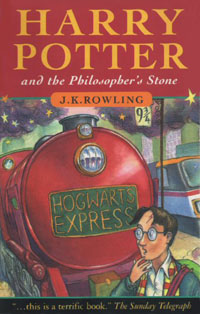
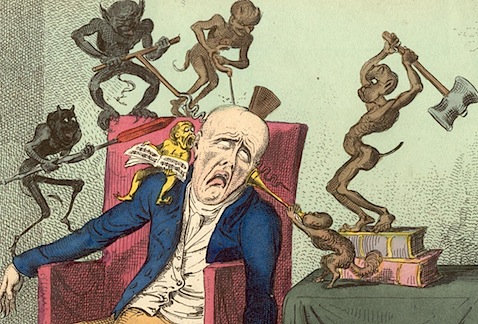




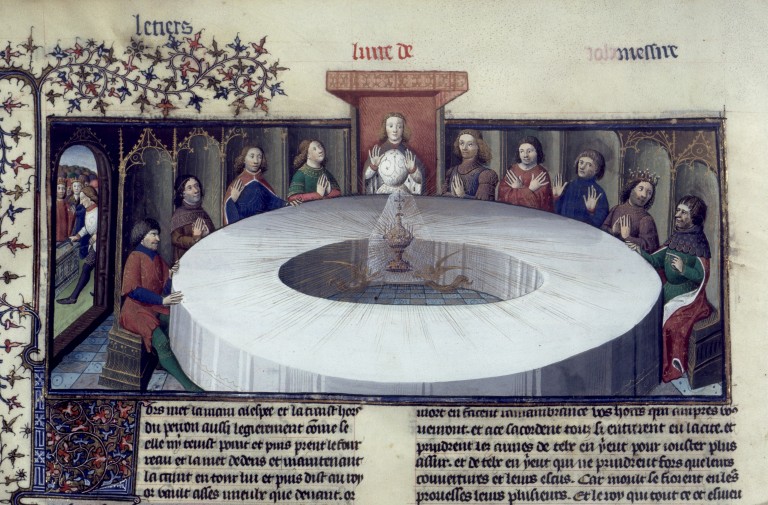
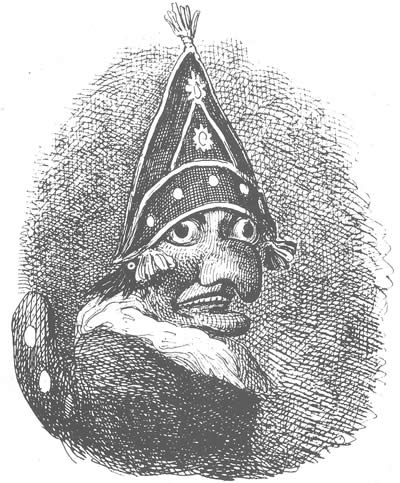

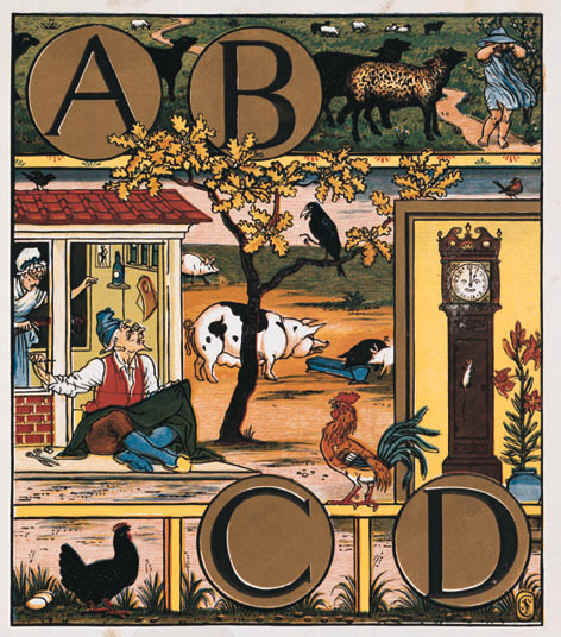
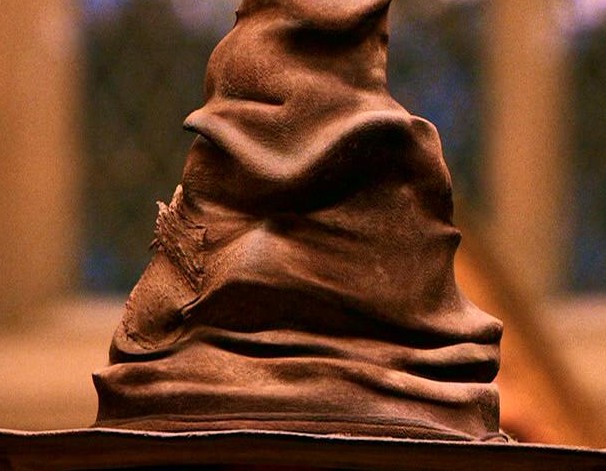
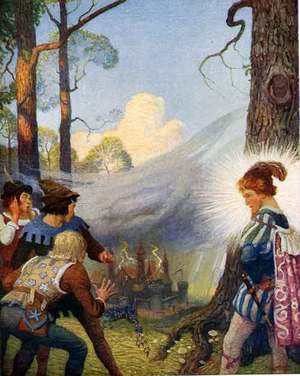
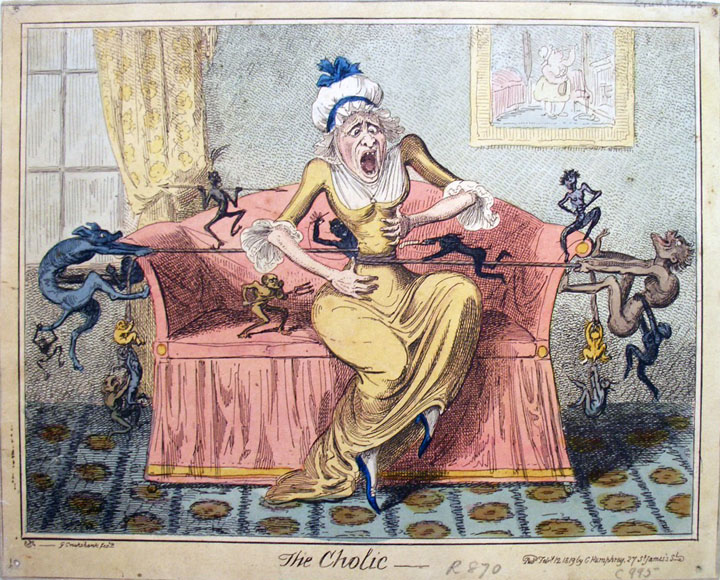
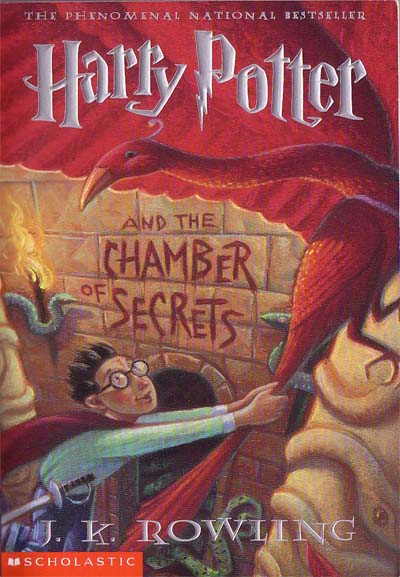
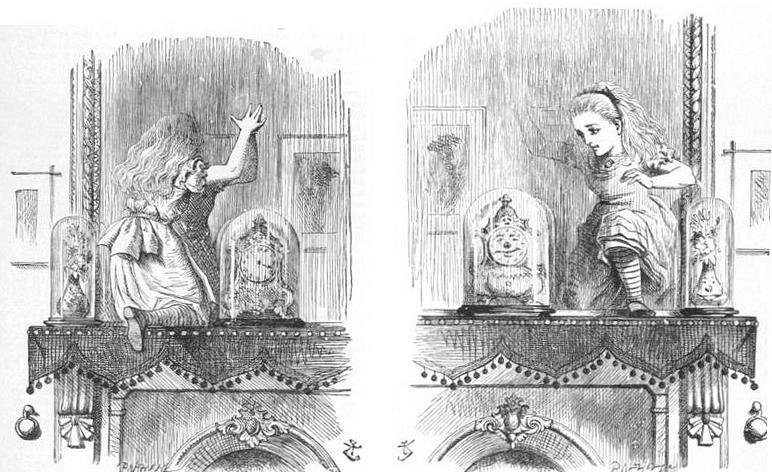
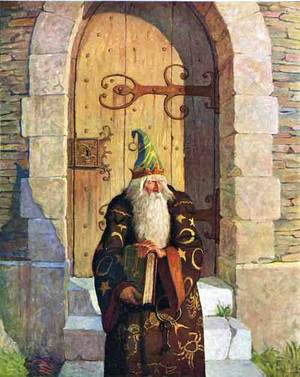
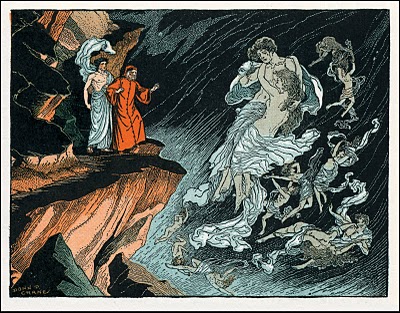
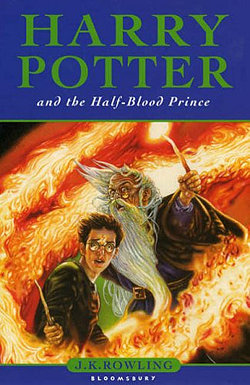

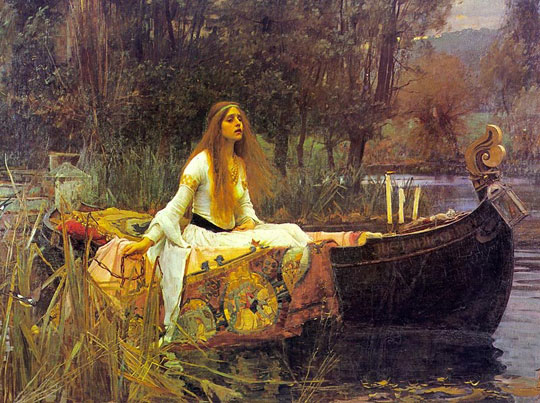
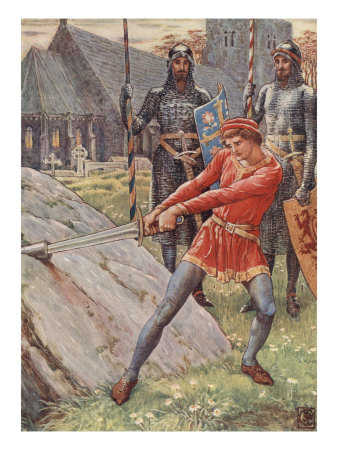
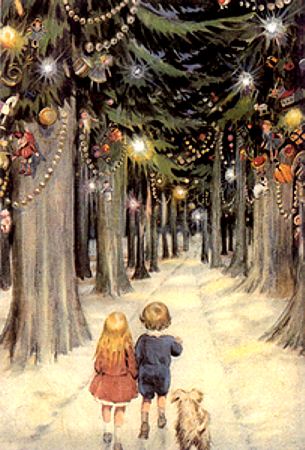
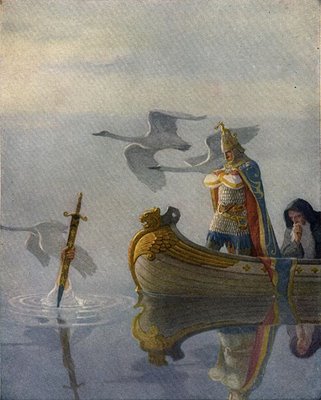

You pay such attention to detail. I enjoyed reading. Very much so. 🙂
Hi Lynet, thanks for the feedback. Very nice of you to say, and I’m glad you enjoyed it.
I appreciate your pretentiousness about pretentiousness.
Sex screws up everything.
That part about your upper body? SO COOL.
Maybe I said this already, but your posts are like museum exhibits: researched, instructional, engrossing, beautiful.